Content

Food Industry Solution
Update: 05/07/2022
Share:




Industrial wastewater in the food industry is generated during food production, kitchens, cooking areas, etc. Or wastewater generated from raw material processing areas, equipment cleaning, factory cleaning, etc. This water source contains high levels of BOD, COD and requires specialized treatment methods.
.jpg)
The importance of water treatment for the food industry
The food technology industry in Vietnam is growing rapidly. Along with that, the number of food processing facilities is increasing. The food industry contributes significantly to the country's economy. However, untreated or improperly treated wastewater from the food industry negatively affects the environment and humans. Therefore, water treatment for the food industry is very important nowadays.
Characteristics of wastewater from the food industry
Wastewater from the food industry is generated during food production by workers, kitchens, cooking areas, businesses, etc. Or wastewater generated from raw material processing areas, equipment cleaning, factory cleaning, etc. related to food.
.jpg)
Due to the diversity in food processing methods, wastewater from this industry also contains various chemicals and bacteria. These are harmful substances to the natural environment and humans if not treated properly.
In food industry wastewater, you can find:
- Colorants, starch, suspended solids, salinity, etc.
- High levels of substances like Nitrogen, Phosphorus.
- High TSS, BOD, COD concentrations.
- Various types of bacteria originating mainly from animals or spoiled food.
- Few organic substances from plants and animals that are less toxic.
Additionally, wastewater also contains a large amount of protein, fat, and grease from animal sources.
Impacts of untreated wastewater from the food industry
Untreated wastewater from the food industry when discharged directly into the environment has negative effects. It gradually damages the soil, water, air, and living organisms. In particular, this wastewater also has impacts on human life and health.
- Water environment: Substances in food industry wastewater when discharged into rivers, streams, seas will reduce the amount of O2 in the water.
- Soil environment: Changes in the growth and nutrient composition of crops, livestock in the area.
- Humans: Prone to diseases related to skin, stomach, respiratory system, etc., and can even lead to cancer due to long-term accumulation of toxic substances.
- Air quality: Food industry wastewater containing chemicals, grease, etc., causes foul odors, discomfort. It also attracts many disease-causing organisms like flies, mosquitoes, etc. This is particularly serious as it can lead to disease outbreaks at any time.
Food industry wastewater has negative impacts on the natural environment and humans. Therefore, treating this type of wastewater according to the right standards is necessary.
Biological methods for treating water for the food industry
Anoxic biological method
In wastewater treatment, the "Anoxic Tank" is an important tank in the process of treating ammonia and nitrogen in wastewater using biological methods. The most common technology for nitrogen removal in wastewater using biological methods today is: Nitrate formation and Nitrate reduction, the process is as follows:
Nitrate formation
Nitrate formation is a self-nourishing process (energy for the growth of bacteria is taken from the oxidative compounds of Nitrogen, mainly Ammonia. Contrary to autotrophic bacteria, nitrate-forming bacteria use CO2 (inorganic form) rather than organic Carbon sources to synthesize new biomass.
The biomass of nitrate-forming bacteria formed in one unit of the metabolism process is much smaller than the biomass formed in the autotrophic process.
.jpg)
The Nitrate formation process from Ammonia Nitrogen is divided into two steps and related to two types of bacteria, Nitrosomonas and Nitrobacter. In the first stage, Ammonia is converted to nitrite, and in the second step, nitrite is converted to nitrate:
Step 1. NH4– + 1.5 O2 –> NO2– + 2H+ + H2O
Step 2. NO2– + 0.5 O2 –> NO3–
Synthesis process
Nitrosomonas and Nitrobacter bacteria use energy from the above reactions to sustain their life activities and synthesize new biomass. The synthesis process can be represented by the following equation:
NH4+ + 2O2 –> NO3– + 2H+ + H2O (*)
Along with the energy absorption process, some Ammonium ions are co-transported into the cell tissues. The biomass synthesis process can be represented by the following equation:
4CO2 + HCO3– + NH4+ + H2O –> C5H7NO2 + 5O2
C5H7NO2 forms biomass. The entire oxidation process and synthesis reaction are expressed through the following reaction:
NH4+ + 1.83O2 + 1.98 HCO3 –> 0.021 C5H7NO2 + 0.98 NO3– + 1.041 H2O + 1.88 H2CO3
The amount of O2 required to oxidize Ammonia to nitrate is 4.3 mg O2/1mg NH4+. This value is close to the value of 4.57 commonly used in design calculation formulas. The value of 4.57 is determined from reaction (*) when the cell biomass synthesis process is not considered.
Nitrite and nitrate reduction
In an oxygen-deficient environment, denitrifying bacteria (facultative anaerobes) will strip the oxygen from nitrate (NO3-) and nitrite (NO2-) to oxidize organic matter. Molecular Nitrogen N2 formed in this process will escape from the water.
.jpg)
Nitrate reduction:
- NO3– + 1.08 CH3OH + H+ –> 0.065 C5H7NO2 + 0.47 N2 + 0.76 CO2 + 2.44 H2O
Nitrite reduction:
- NO2– + 0.67 CH3OH + H+ –> 0.04 C5H7NO2 + 0.48 N2 + 0.47 CO2 + 1.7 H2O
Therefore, for nitrogen removal, a wastewater treatment plant needs:
- Anoxic conditions (lack of free oxygen).
- Presence of nitrate (NO3-) or nitrite (NO2-).
- Denitrifying bacteria to reduce nitrate.
- Organic Carbon source.
- Moderate wastewater temperature.
The positions of anoxic tanks for nitrogen treatment in ammonia-rich wastewater treatment systems:
The anoxic tank is placed before the aerobic biological tank (aerotank) with advantages such as: no need to supplement organic matter, easy control of DO <1 mg/l. The disadvantage of placing the anoxic tank before the aerotank is the low nitrogen content at the inlet, which requires the return of wastewater from the aerotank to the anoxic tank.
Anaerobic biological method
Anaerobic organisms in the filter tank help remove pollutants in wastewater such as BOD, COD, SS, etc. It can use self-decomposing sludge, manure, and activated bio-enzymes. Dead sludge from the filter tanks will be transferred to the holding tanks.
Aerobic biological method
After treatment with the anaerobic biological method, the organic matter content in wastewater decreases. The water will be directed to the Aerotank in the AAO wastewater treatment process. Air blowers will maintain the oxygen supply. Aerobic organisms will decompose the remaining organic matter, transforming them into inorganic substances like CO2, H2O, etc.
The treatment results of the Aerotank depend on BOD, temperature, oxygen content, etc. Aerobic organisms help remove easily biodegradable organic matter.
Flowchart of wastewater treatment technology for the food industry
Process 1
Wastewater is directed into the collection system and filtered through trash screens to remove large debris. These screens have a size ≥10mm. This step helps minimize pipe clogging and pump damage during the food industry wastewater treatment process. After passing through the screens, the wastewater is stored in a collection pit.
Since the wastewater contains a lot of grease, it will be directed to an oil separation tank. Here, all types of solid waste, excess grease in the water will be removed. This prevents damage to the filtration system, pump failure, and reduces the quality of the water treatment process. The separated grease will be transferred to a grease storage tank.
.jpg)
The collection pit is designed deep and wide to hold wastewater, with a submersible pump inside. The submersible pump is used to transfer water to the equalization tank, which helps maintain water flow and wastewater concentration. The air blower maintains continuous air supply for the equalization tank. Wastewater in the equalization tank is aerated by the air blower to prevent settling and odor issues.
Process 2
Subsequently, the wastewater is directed to the water distribution tank. From here, the water is directed to the UASB anaerobic tank. The UASB anaerobic degradation process goes through 4 stages.
- Stage 1: Hydrolysis, cleavage of high molecular weight organic compounds. In this stage, organic waste such as protein, fat, lignin, etc., are broken down. These substances are cleaved to form simple structured molecules for easy degradation.
- Stage 2: Acidification. This process helps convert into acetic acid, H2, and CO2. And easily volatile fats like acetic acid, propionic acid, and lactic acid. The carbohydrate cleavage process also produces CO2 and H2O, methanol, other simple alcohols. Methane-producing bacteria decompose some types of substances like CO2 + H2, formate, acetate, methanol, CO.
- Stage 3: Acetate formation. The substances from the acidification process are converted into acetate, H2, CO2, and new biomass by acetic bacteria.
- Stage 4: Methane formation. The process of methane formation converts Acetic acid, H2, CO2, formic acid, and methanol into methane, CO2, and new biomass.
After these 4 stages, the wastewater is pushed to the Anoxic tank. The Anoxic and Aerotank help in BOD removal, nitrate formation, NH4+ reduction, and NO3- reduction to N2. The activated sludge tank combined with anaerobic and aerobic treatment processes helps save more.
Process 3
In the Aerotank aerobic biological tank, two air blowers provide alternating and continuous air supply. The microorganisms in the Aerotank are periodically supplemented from the sludge in the settling tank. These microorganisms decompose organic matter into water and CO2. This helps reduce the dirtiness in food industry wastewater.
Additionally, the tank is equipped with contact materials to increase the contact rate between microorganisms and water. This is also an environment for microbial growth.
Process 4
After treatment with the biological method, the wastewater is passed through a settling tank. To allow the sludge in the wastewater to settle. The water will move in the central pipe to the bottom of the tank. It is then reverse-flowed from the bottom up and into the water collection channel to pass through the disinfection tank.
The remaining sludge is transferred back to the anaerobic and aerobic tanks to maintain the sludge concentration. Excess sludge not used will be transferred to the sludge storage tank.
Process 5
A metering pump will pump Javen into the wastewater in the disinfection tank. Strong oxidizing agents will kill all microorganisms in the wastewater, ensuring the quality of the effluent. The treated food industry wastewater, if it meets the QCVN 40:2011/BTNMT standard, Column B will be discharged.
Process 6
Excess sludge from the settling tank, solid waste, grease is moved to the sludge storage tank. Here, the stable anaerobic sludge process is carried out to remove odors, making the sludge settle easily. Then, the sludge press
Update: 05/07/2022
Share:














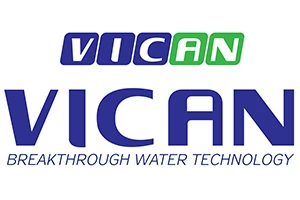






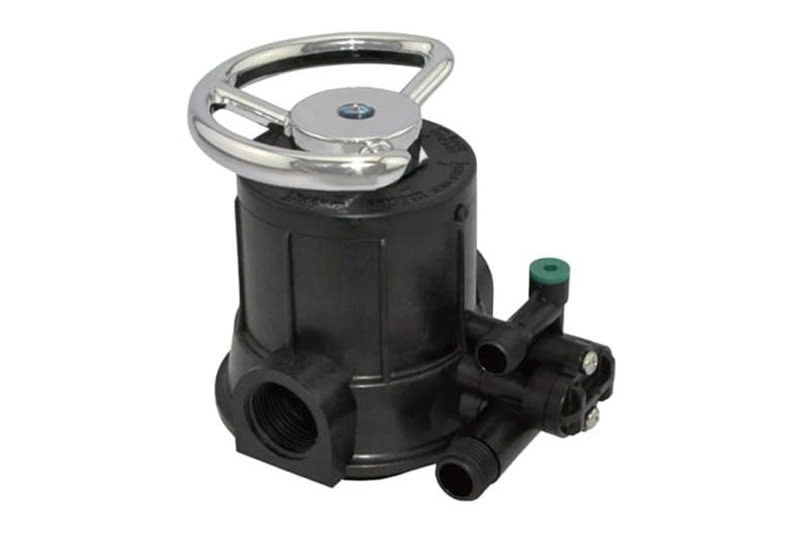
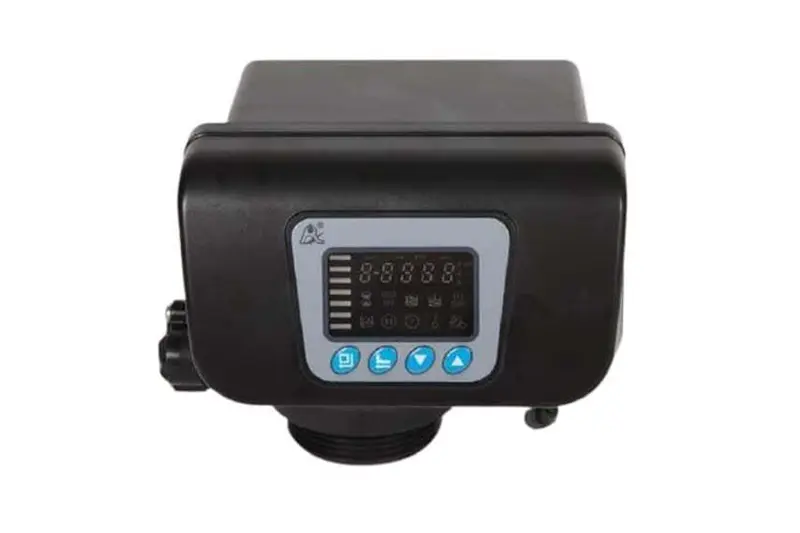




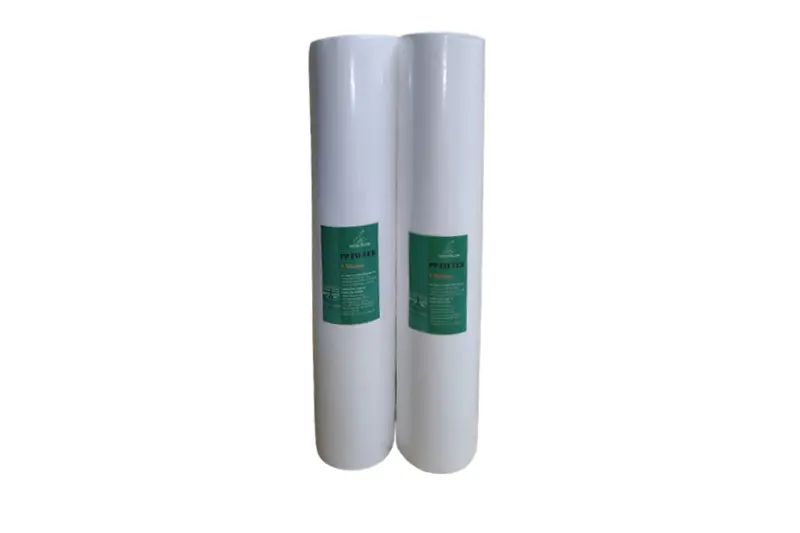



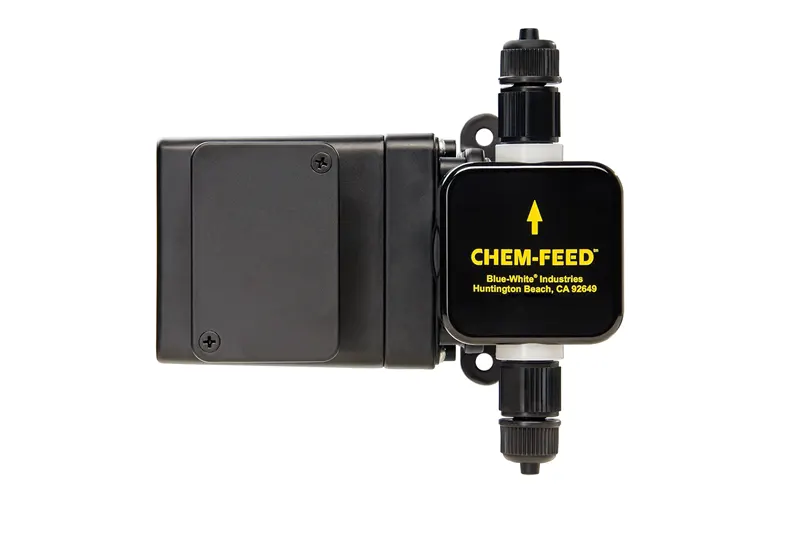
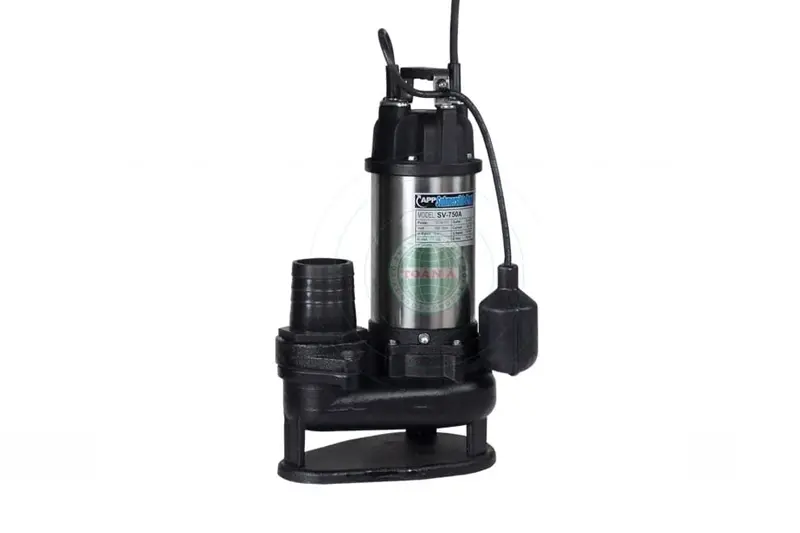



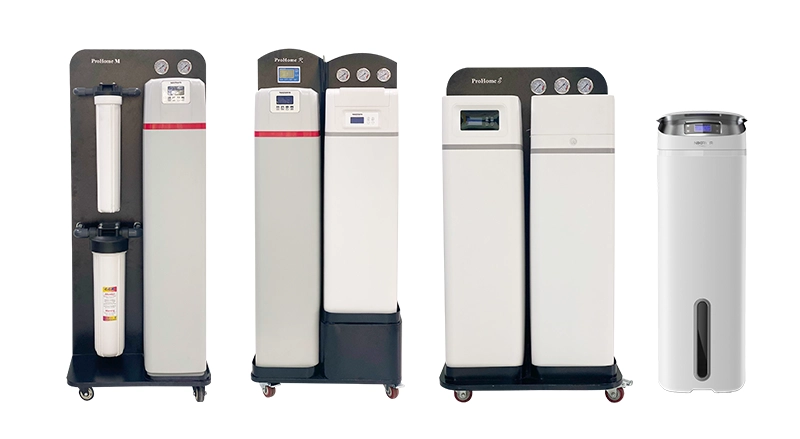
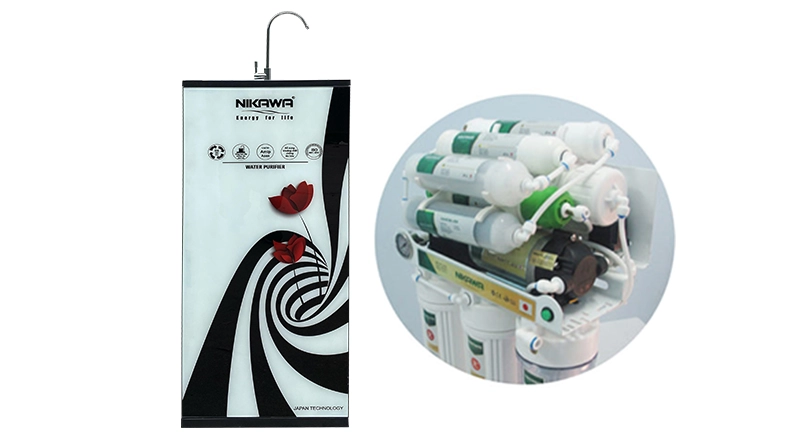
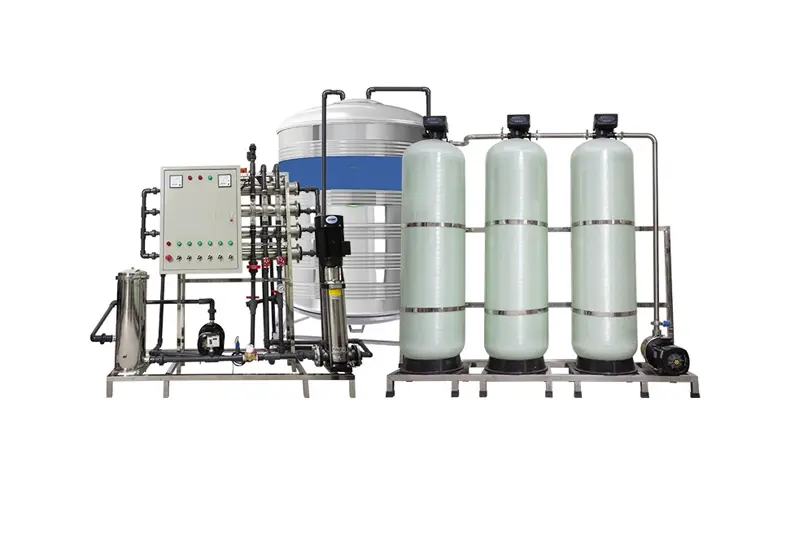
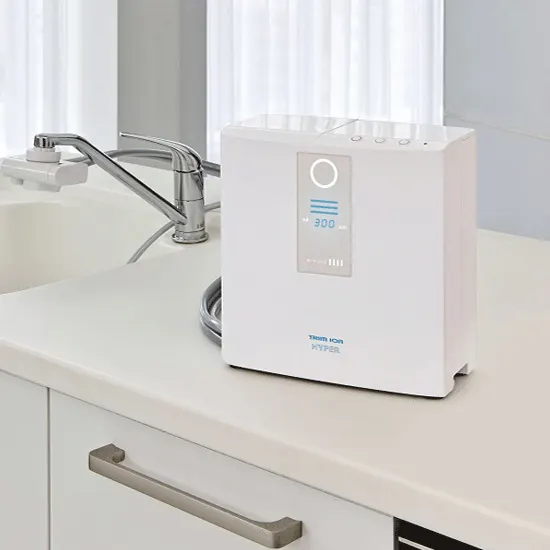
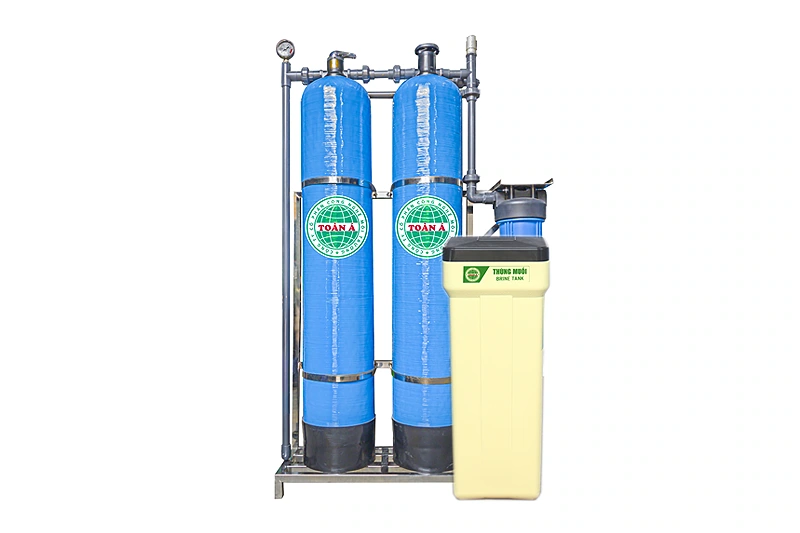


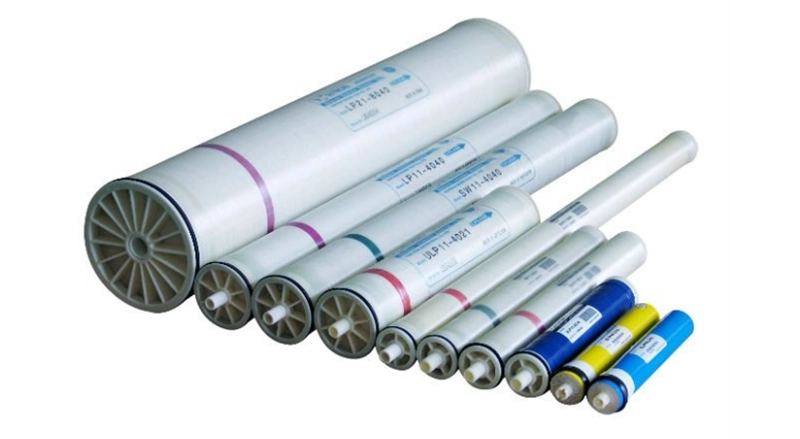
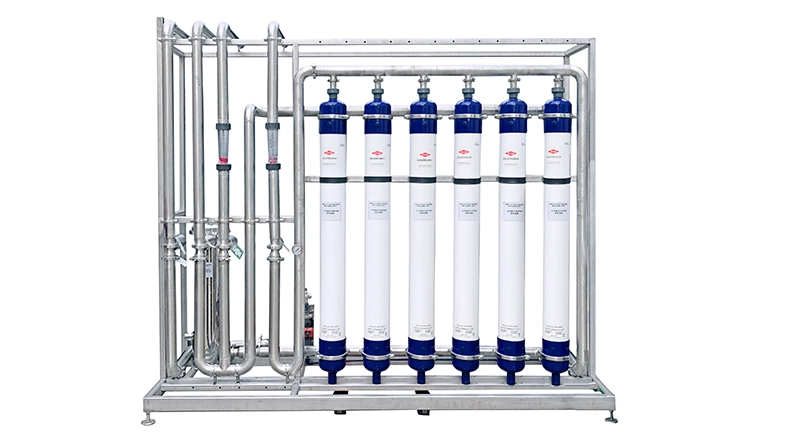


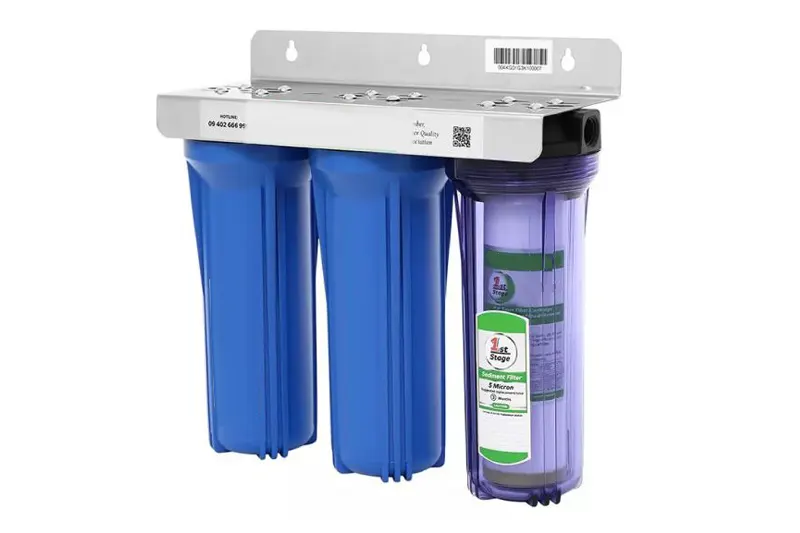

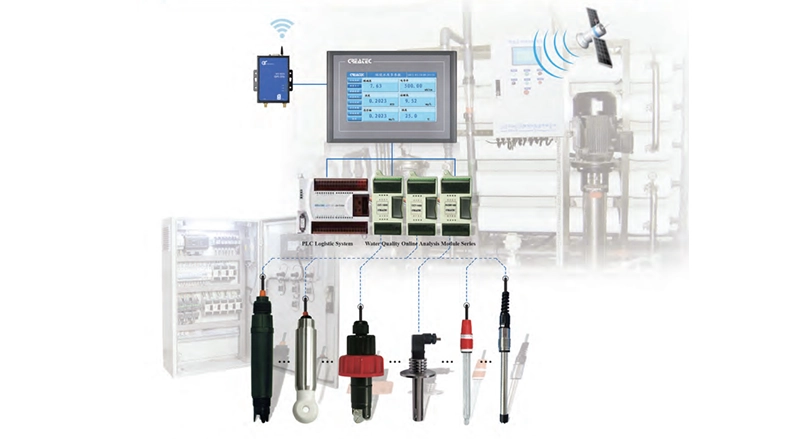
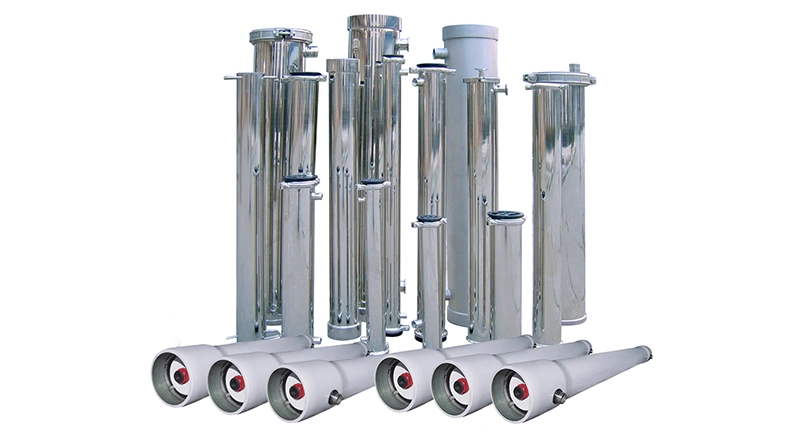
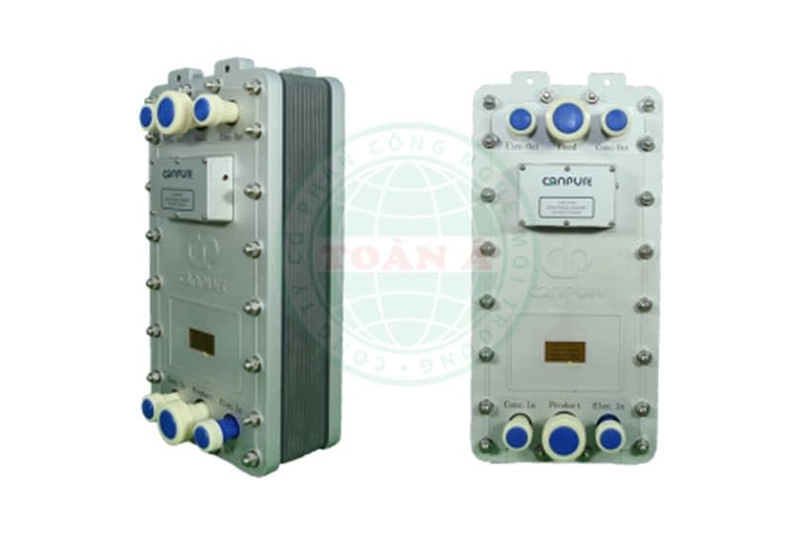
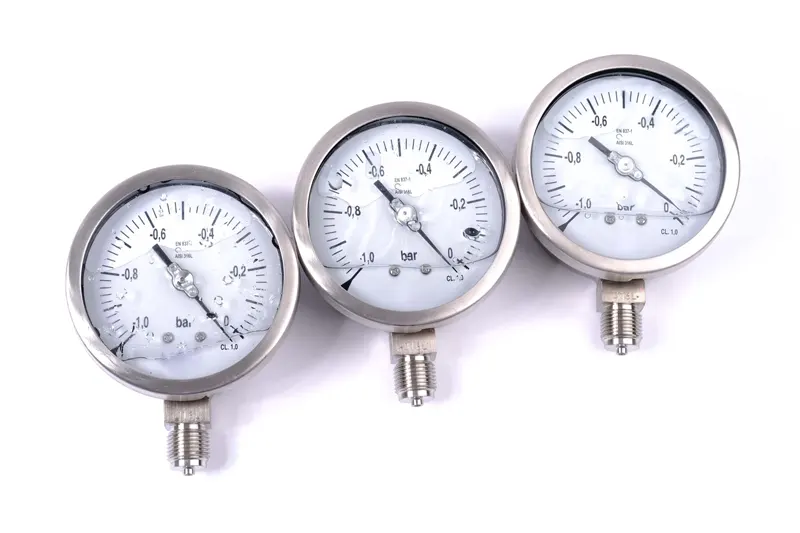



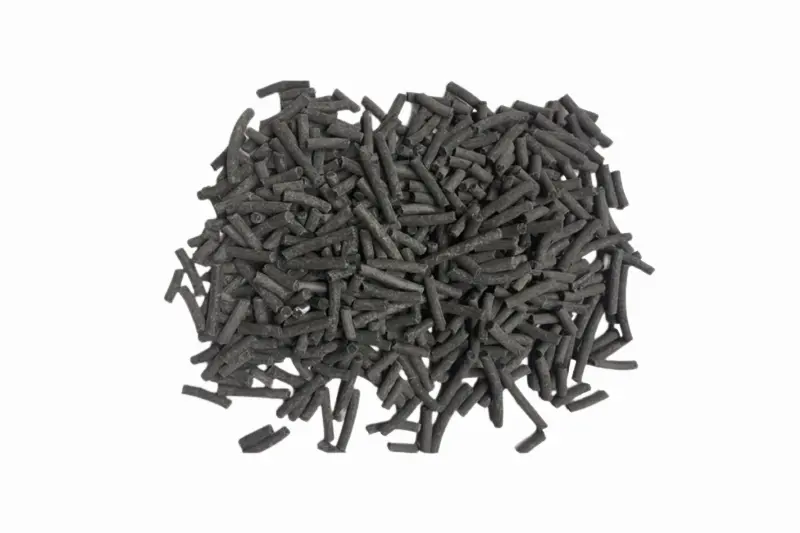
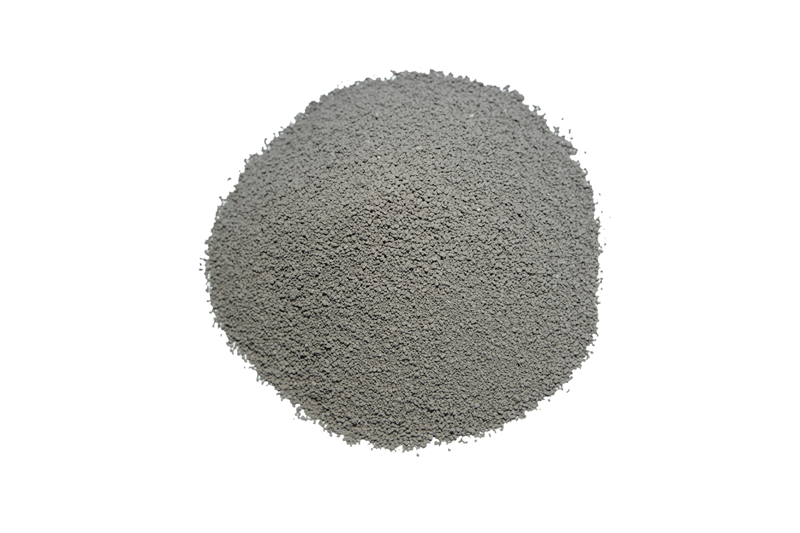
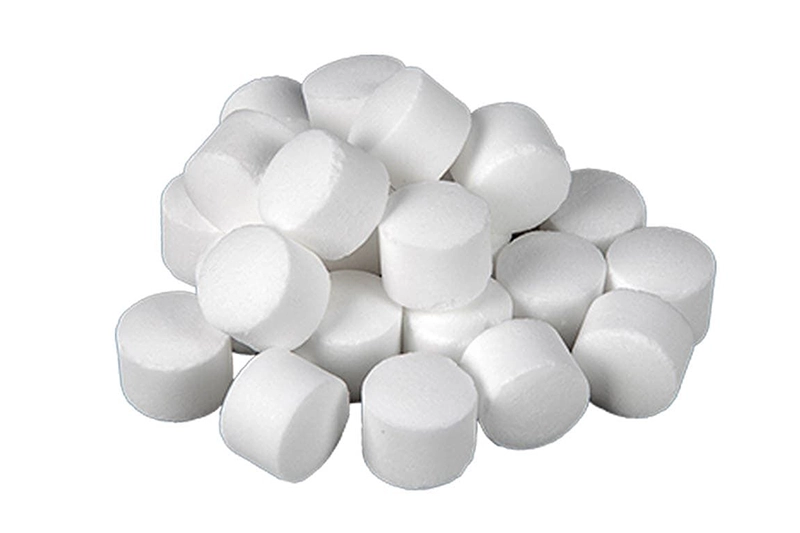
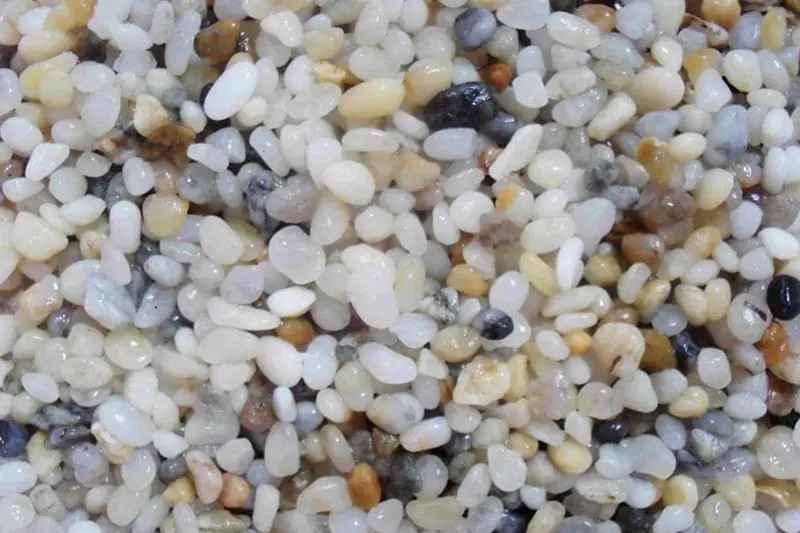
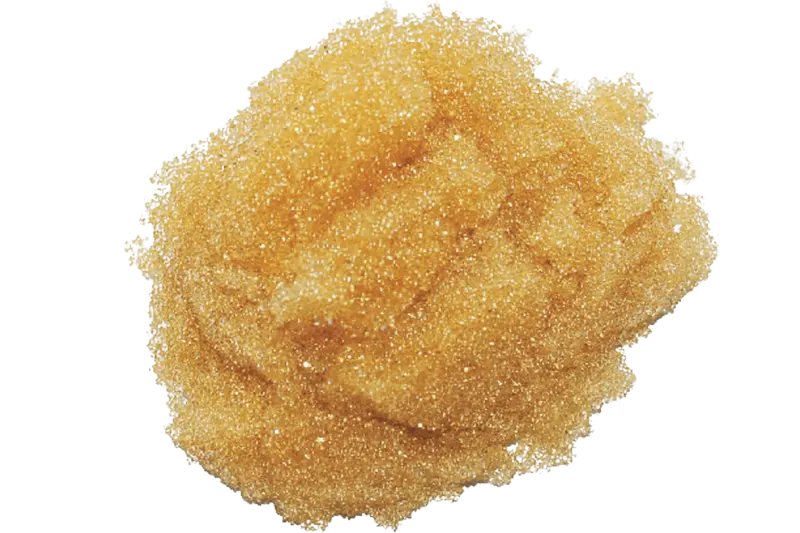








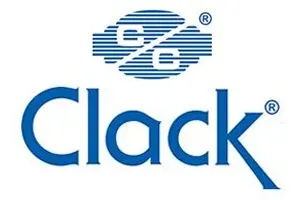
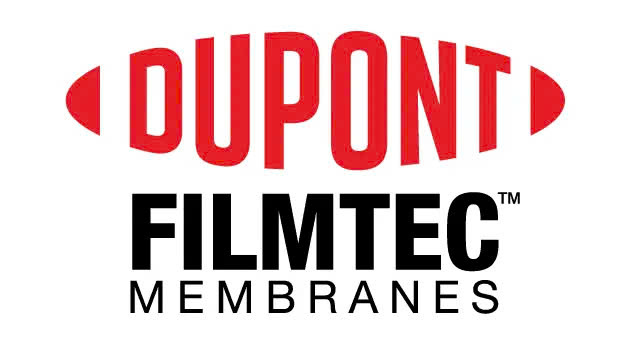
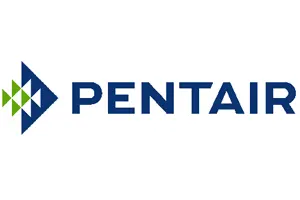
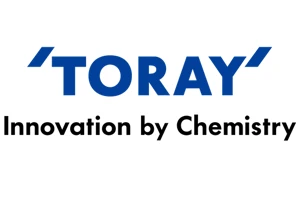

 Water Filter Columns
Water Filter Columns
 Water Filtration Membranes
Water Filtration Membranes
 Control Valves
Control Valves
 Water Filter Cartridges
Water Filter Cartridges
 Water Pumps
Water Pumps
 Water Filtration Equipment
Water Filtration Equipment
 Water Filtration Components
Water Filtration Components
 Water Filtration Materials
Water Filtration Materials
 Heat Pump Water Heaters
Heat Pump Water Heaters



 Products
Products  Solutions
Solutions  Project
Project  News
News